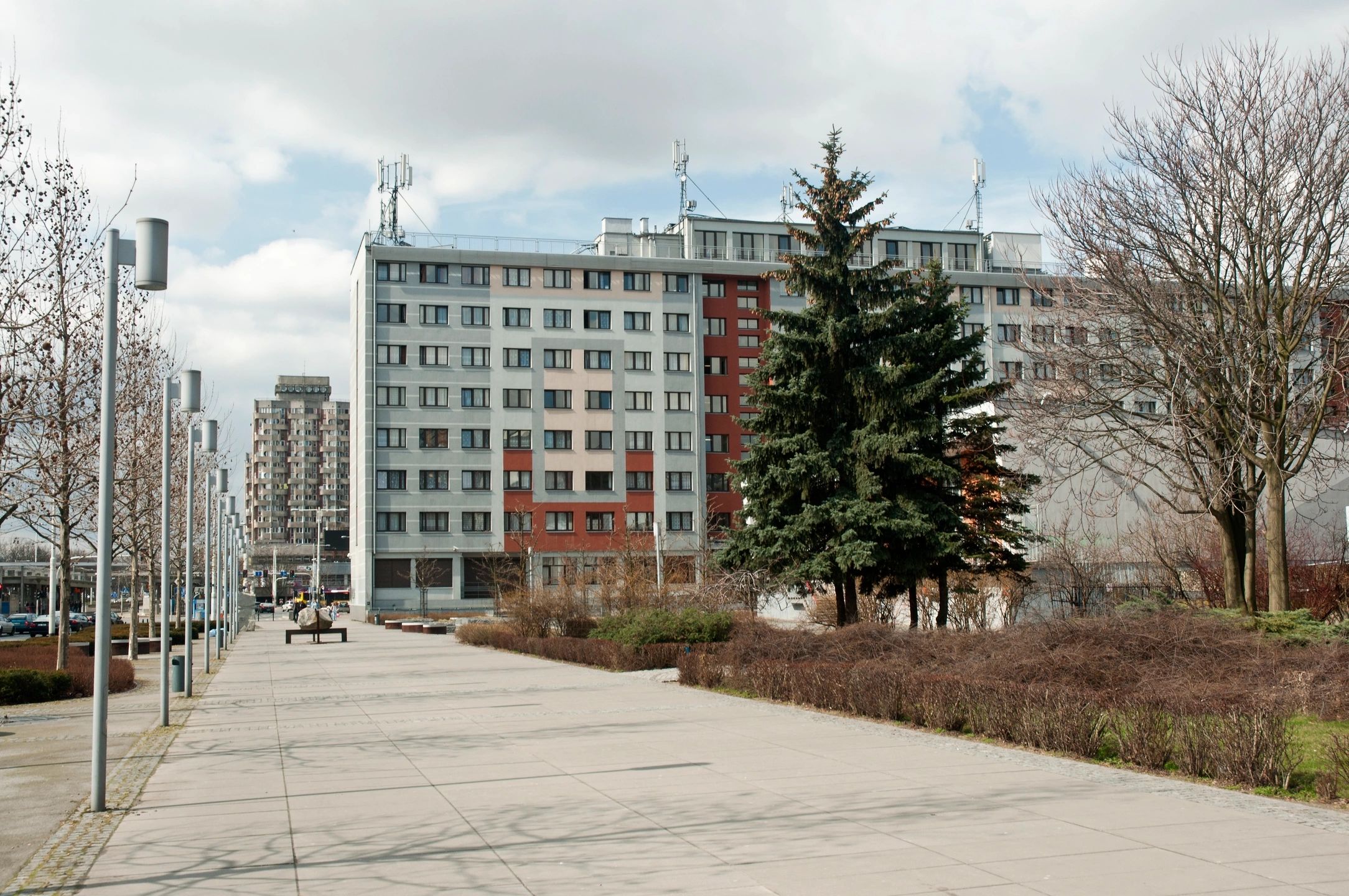As Thunder Bay’s city council prepares to vote on a proposed temporary shelter village for people experiencing homelessness, resistance is building within the local business community.
The city has recommended 114 Miles St. E. as the site for the project, which would feature up to 80 temporary units using a “sleeping cabin” model. The initiative aims to provide a transitional solution for individuals moving from emergency shelters or encampments into permanent housing, explained Rilee Willianen, Thunder Bay’s drug strategy specialist and encampment response plan lead, during a Friday press conference.
Similar approaches have shown success elsewhere in Ontario, including Kitchener’s A Better Tent City and Peterborough’s Modular Bridge Housing Community. Vancouver also employs a comparable concept with modular supportive housing.
A recent point-in-time count identified over 550 individuals experiencing homelessness in Thunder Bay.
“We absolutely agree that long-term housing solutions are the ultimate goal,” Willianen said. “But we also have an immediate crisis that requires a different response. This initiative is one step within a broader system to move people toward stable, long-term housing.”
The proposed village would cost $5 million for construction and infrastructure, with an additional $1.5 million in annual operating costs. City council is scheduled to vote on the project Monday night.
However, the Fort William Business Improvement Area (FWBIA) opposes the plan, arguing it would negatively impact the community and misallocate funds.
“If we’re going to find solutions, they need to be long-term,” said Aldo Ruberto, former city councillor and FWBIA chair. “Invest in addiction centres, invest in counseling—spend money on addressing root causes.”
The City of Thunder Bay conducted a public survey from Oct. 24 to Nov. 4 to gather feedback on the proposed location for a temporary shelter village for people experiencing homelessness. Respondents were asked to choose between the recommended site at 114 Miles St. E. and Kam River Heritage Park, where dozens of people currently live in tents.
Of the 700 survey participants, 68 percent supported the Miles Street site. The area is close to essential social services, including the Thunder Bay Food Bank, Shelter House, People Advocating for Change Through Empowerment (PACE), Grace Place, and NorWest Community Health Centres. If approved, the city aims to have the village operational by April 2025.
“We see an alarming spike in the number of people living unsheltered after April,” said Rilee Willianen, the city’s drug strategy specialist. “It’s important to start building relationships with people now to prevent them from ending up on the streets.”
However, opposition persists. Former city councillor and Fort William Business Improvement Area (FWBIA) chair Aldo Ruberto criticized the project as unnecessary given the ongoing construction of transitional housing units expected to be ready in 12 to 24 months.
“We believe it’s better to maintain the status quo while waiting for permanent solutions,” the FWBIA stated on Thursday, emphasizing the work already being done by social service organizations.
To address concerns from local businesses, the city has offered the FWBIA $40,000 to enhance security and support neighborhood cleanup efforts. But FWBIA vice-chair Tony Di Paolo expressed skepticism, warning that the project could become a long-term fixture despite plans to dismantle the village within three to five years.
“It’s not worth taking $40,000 if this impacts the area financially for years to come,” Di Paolo said. “This could turn into a permanent temporary solution without an exit strategy.”
Earlier this month, the Thunder Bay District Social Services Administration Board (TBDSSAB) announced funding for 40 additional emergency shelter spaces across Shelter House, Grace Place, and Urban Abbey for the winter season. This increase brings the total to 188 emergency shelter spaces to meet rising demand, particularly at Grace Place, which serves as an overflow shelter through the Out of the Cold program.
Despite these efforts, former city councillor Aldo Ruberto emphasized that the responsibility lies with the unhoused population to utilize the services provided.
“How are we supposed to help you when we have shelters and services available, but you choose not to go in?” Ruberto said. “There are consequences for choices. If we keep enabling destructive behaviors, we risk losing those individuals altogether.”
Adding to the complexity, Thunder Bay’s only supervised consumption site, Path 525, is set to close at the end of March due to new provincial regulations restricting the proximity of such sites to schools and childcare centers.
In its place, the province is introducing Homelessness and Addictions Recovery Treatment (HART) hubs. These facilities will provide comprehensive wraparound services but will not include supervised drug consumption, needle exchanges, or drug testing.
Ruberto voiced his support for the HART model, suggesting it offers a better use of resources.
“I think it’s a smarter investment to help people overcome addiction rather than sustain it,” he said.



